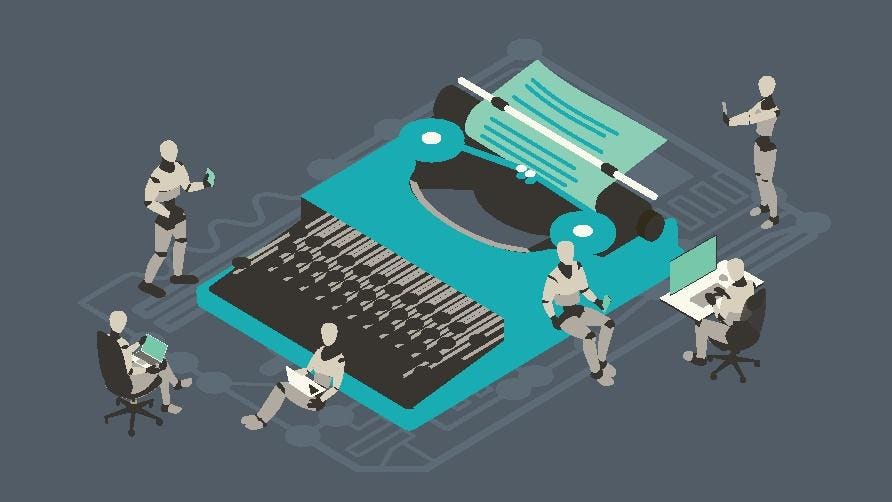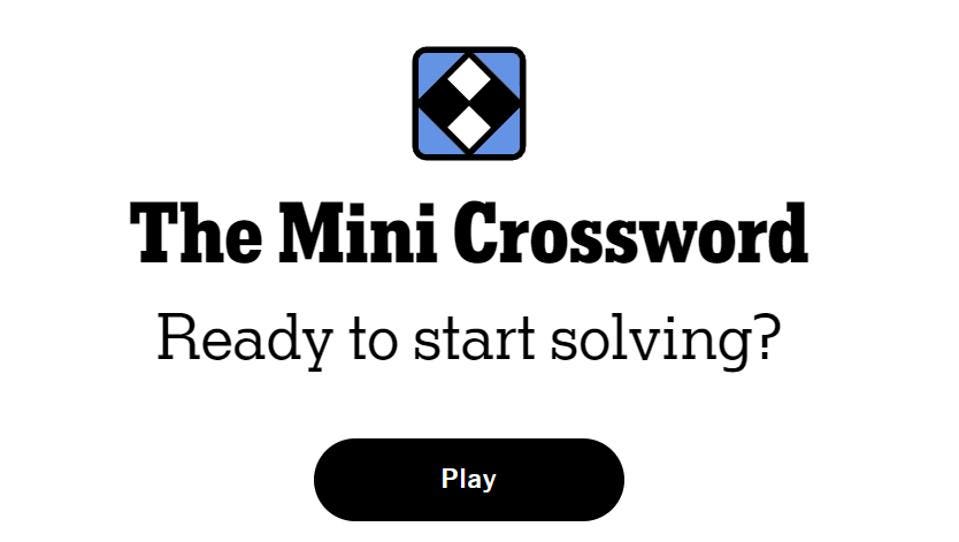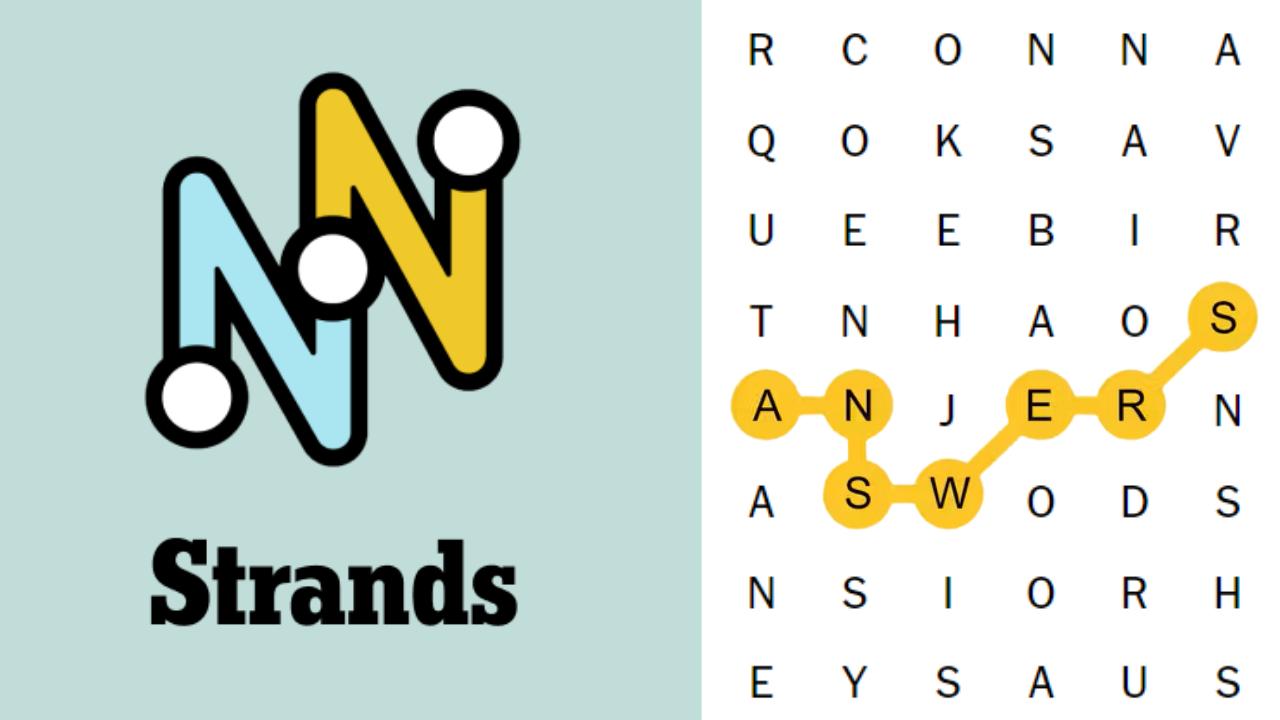Bozhanka Vitanova, Founder & CEO at TeamLift.
Artificial intelligence (AI) isn’t the job-killer we feared or the sci-fi savior we hoped. It’s a practical tool delivering modest wins today. Beneath the buzz, that quieter truth is emerging: Success with AI comes from starting small and building incrementally. And that’s not necessarily a bad thing.
The path to AI implementation is littered with ambitious failures. Many employees, rather than fearing replacement, are growing skeptical of AI’s underwhelming performance. As Kevin Chung, chief strategy officer for the company Writer, which offers a generative AI platform, noted, this disappointment is widespread: “Now that they’ve had a chance to play with it, [many employees]
are quite disappointed in the results they’ve seen, and that’s why they are disillusioned by it.” This isn’t sabotage born of Luddite resistance—it’s frustration with a tool that overpromises when pitched as a complete solution.
AI doesn’t need to be a silver bullet to be valuable. In my team’s experience, we’ve found that starting small—identifying specific tasks to accelerate rather than fully automate—unlocks real, tangible gains.
How We Leveraged Imperfect AI Tools To Speed Up Our Product Sprints
The disconnect between AI hype and reality isn’t just theoretical. We’ve seen it firsthand. When we implemented AI tools in our own workflow, we didn’t attempt a dramatic overhaul. Instead, we identified tasks that were most energy-draining and started looking for ways to spend less time on them.
The key is pinpointing specific tasks to streamline—starting points that save time without overhauling everything. For us, that meant speeding up gathering client feedback and competitor information, coding and quality assurance. Our product sprints have gone down from eight days to five, not because of some magical AI transformation but through small, targeted improvements. The Tabnine AI assistant helped with coding, although results varied across the team. Ana, our operations lead, was the first to succeed at reducing her weekly coding time from 16 to eight hours. Her win helped others start seeing similar gains.
For research, we tried combining Claude, Grok and Felo. The initial results weren’t perfect. The tools sometimes gave conflicting information or hallucinated examples. After tweaking prompts, like asking Grok to summarize competitor updates in bullet points instead of paragraphs, and pairing it with Claude for a quick cross-check, we cut eight-hour research tasks to about 45 minutes. We still had to spot-check for errors, but it beat starting from scratch.
We didn’t mandate anything at the beginning and left time for exploration. By the third month of tracking, our cumulative time savings grew from 29 hours to about 107 hours across our 10-person team, roughly a month’s worth of gains.
We’re definitely shipping faster. But the tools still frustrate us sometimes. They’re inconsistent—sometimes brilliant and sometimes requiring multiple tries. But even with all their limitations, they’ve changed our business. Being able to ship product updates faster is affecting key company metrics, like client satisfaction and retention. And we’re not being replaced—we’re just spending less time on the parts of our jobs we never loved anyway.
Start Small, But Start Somewhere
Recently, a client walked us through their entire workflow, eager to overhaul it with AI in one fell swoop. “Why can’t I just dump my entire workflow in and have AI solve it all at once?” they asked. It’s a tempting vision: AI as the ultimate untangler of a messy cable knot. But when you try to unravel the whole tangle at once, you often end up with a bigger mess. Our advice? It’s not about fixing everything at once. It’s about starting small and building from there. Cutting research time worked for us; for another team, it might be drafting emails or crunching data. One win shows you the next step.
This incremental approach is where AI shines today. It’s not about handing over the reins but about giving humans a boost. Think of it like a power tool: It doesn’t build the house, but it makes the carpenter’s job quicker and less taxing. By focusing on what AI can do now—streamline grunt work, crunch data or kickstart drafts—companies can free up their teams for the stuff that still needs a human touch: creativity, strategy and connection.
Manage Expectations While You Build Momentum
The danger isn’t in AI’s limitations but in the hype that overshadows the power of starting small. When leaders pitch it as a cure-all, they set the stage for disillusionment. But when they frame it as a journey of incremental improvements, employees are more likely to embrace each step. Trust builds when the promise matches the payoff, even if that payoff is modest at the beginning.
AI is still evolving—it isn’t yet the sci-fi dream of total automation, and that’s fine. What matters is starting somewhere practical and building momentum. As AI matures, those gains will compound. Perhaps the best outcome isn’t in replacing us but in helping us work better, one practical step at a time. This isn’t about AI failing or conquering but about finding its sweet spot as a helper through an incremental approach focused on real results.
Forbes Technology Council is an invitation-only community for world-class CIOs, CTOs and technology executives. Do I qualify?








